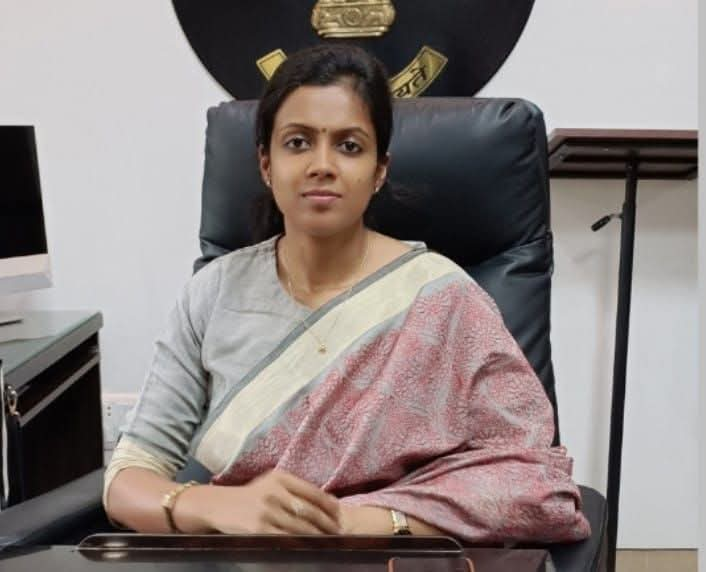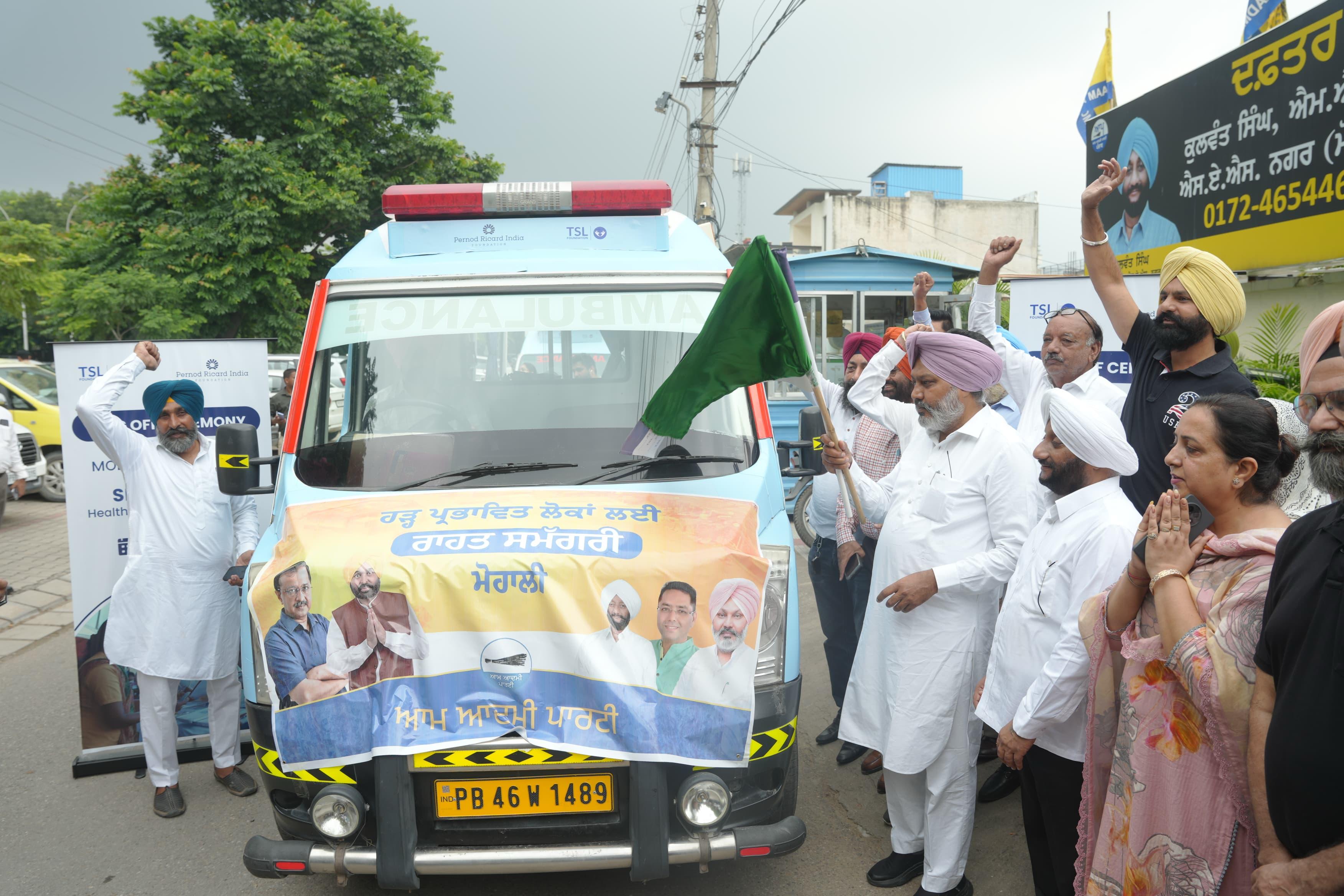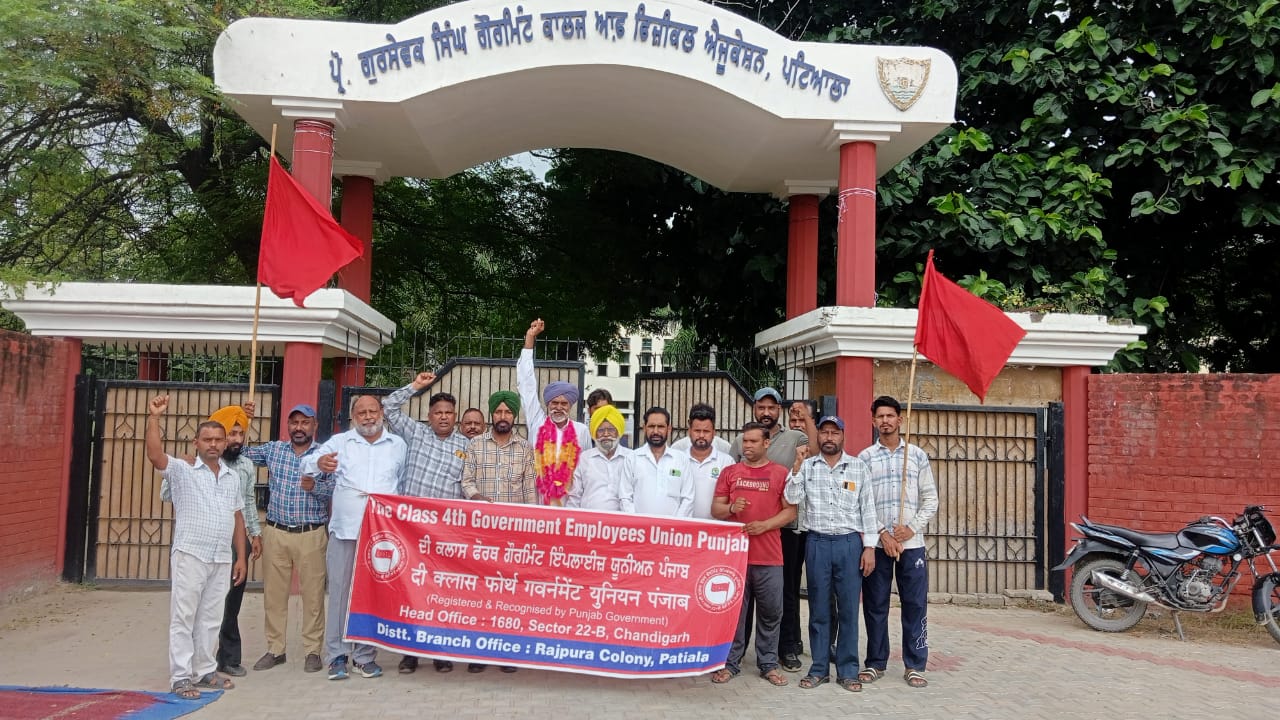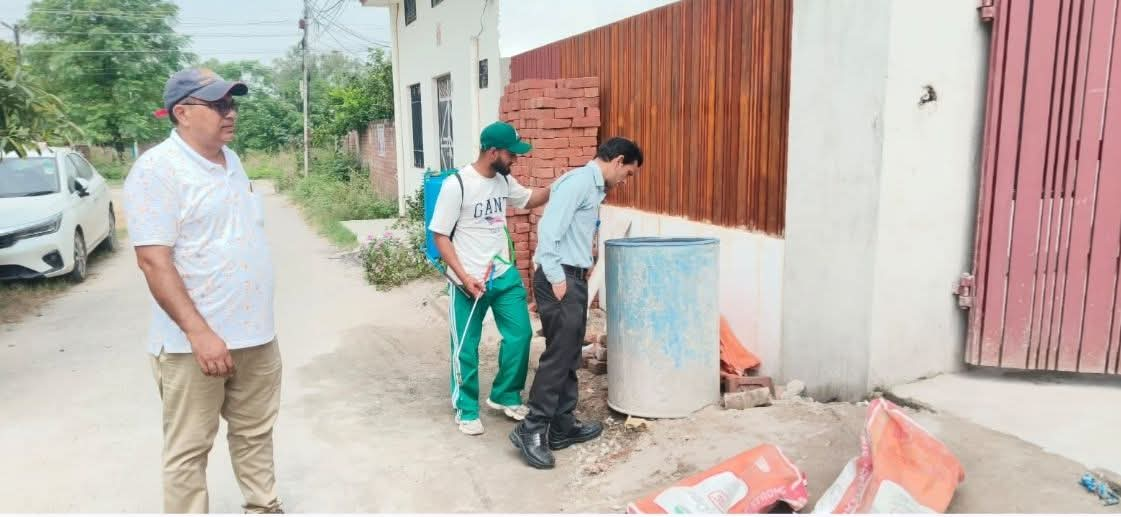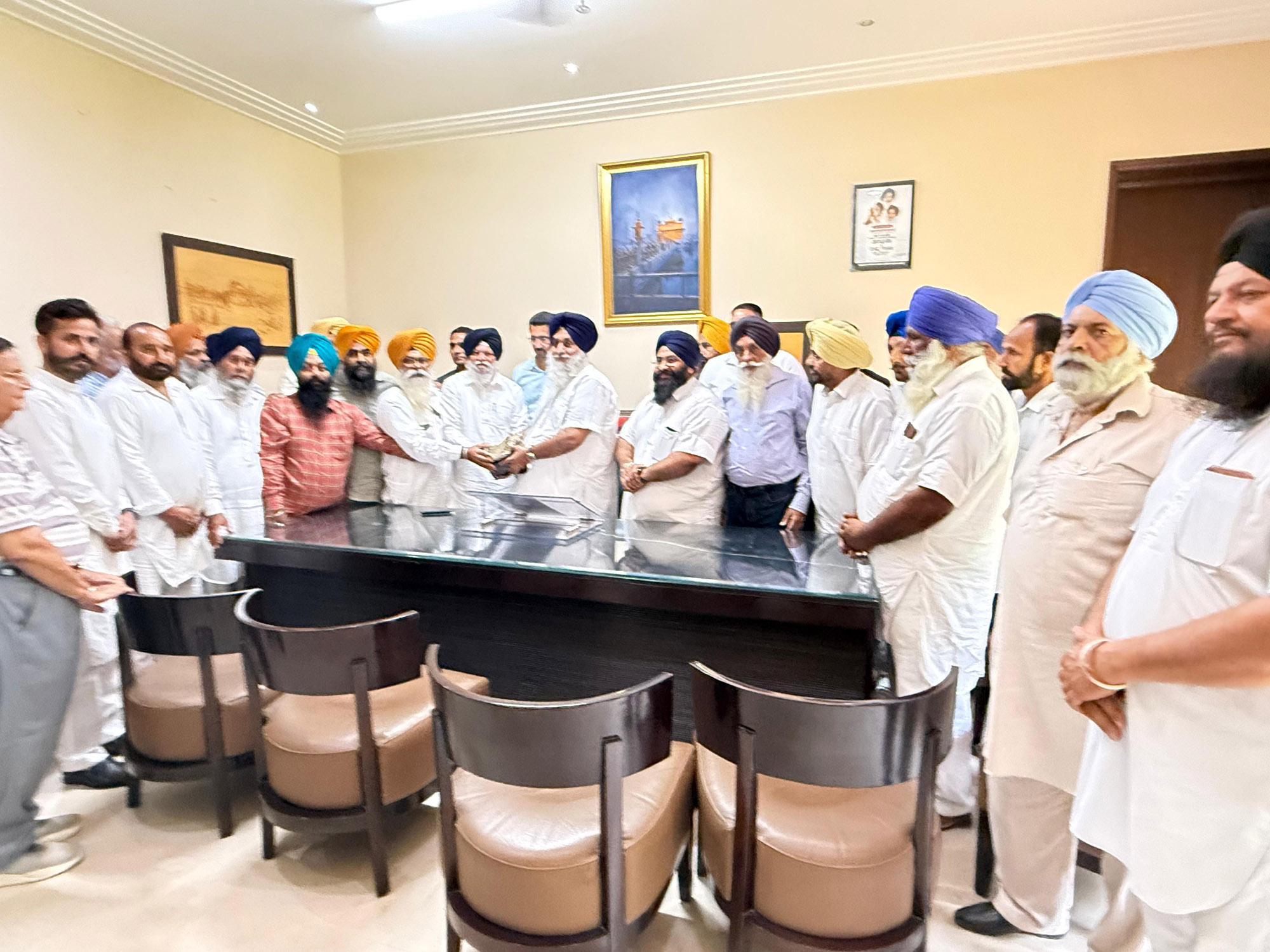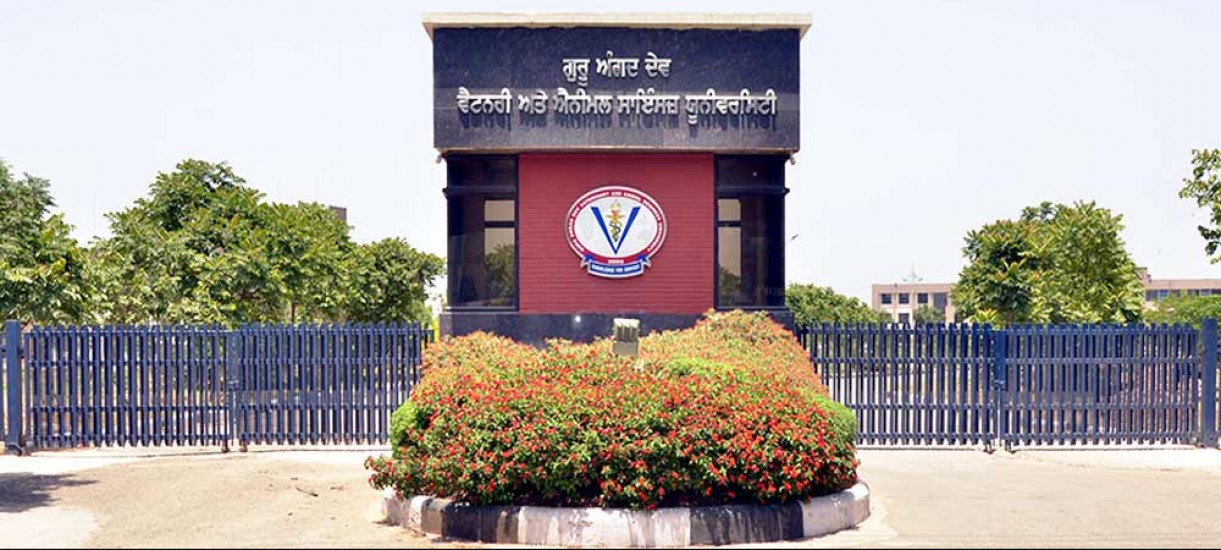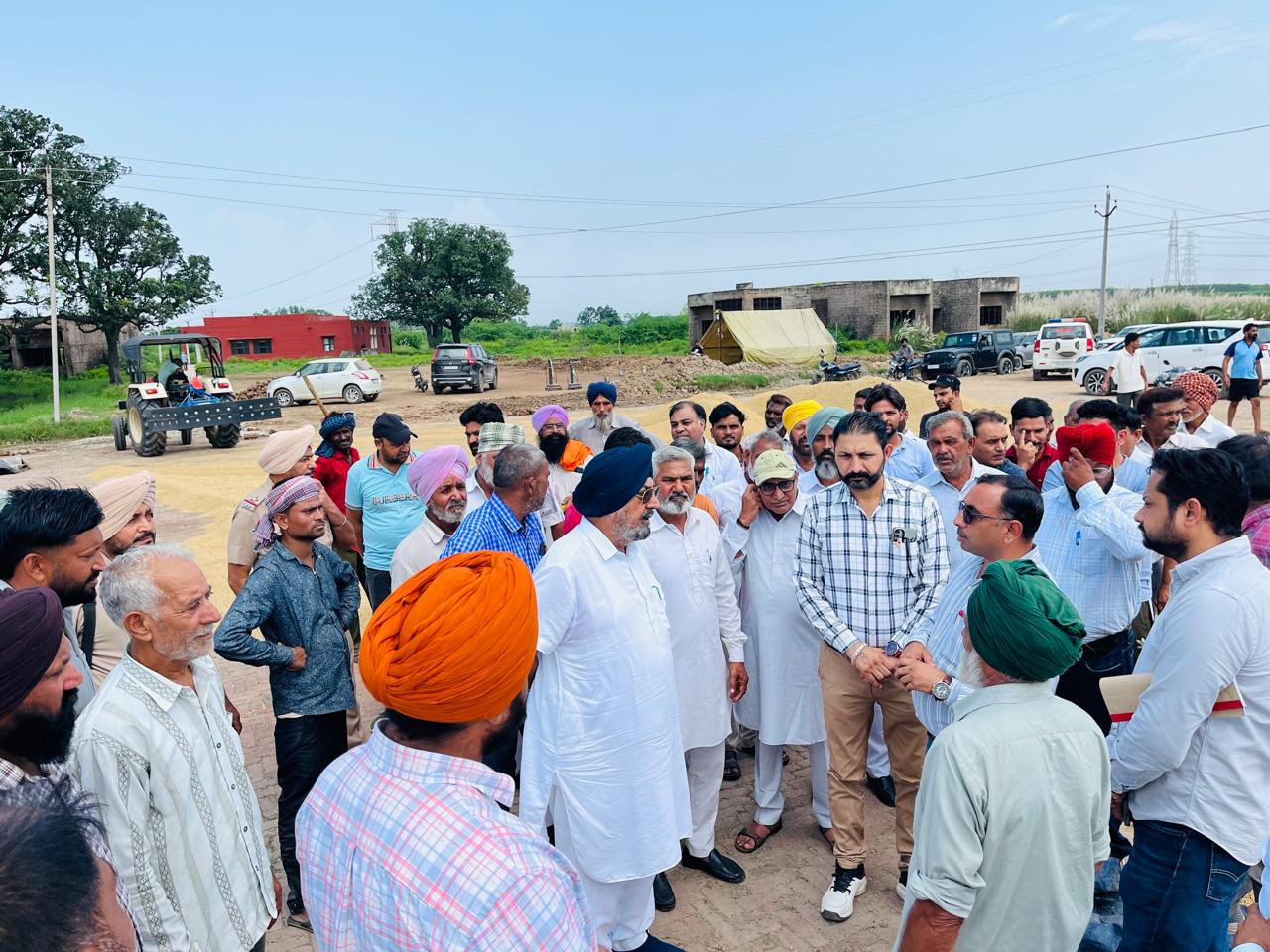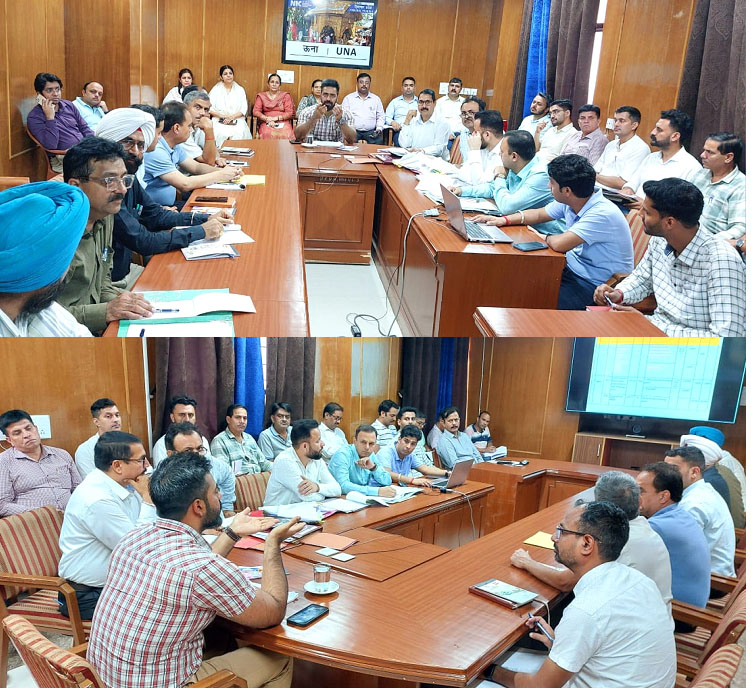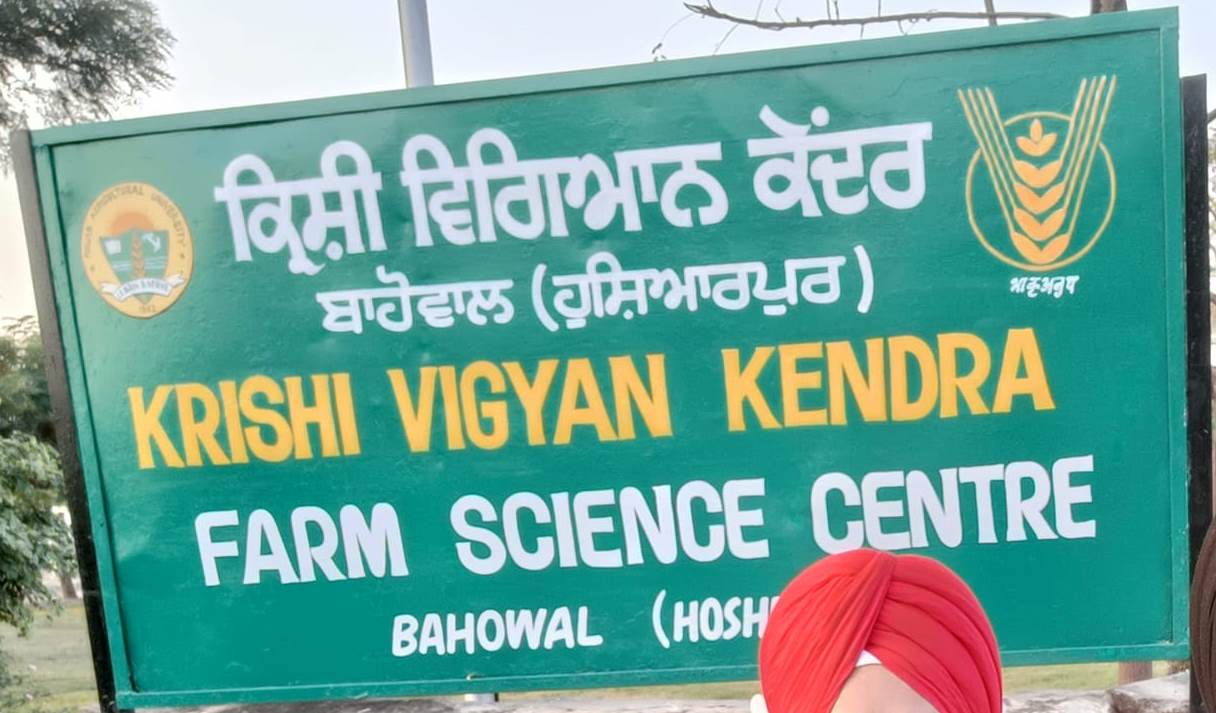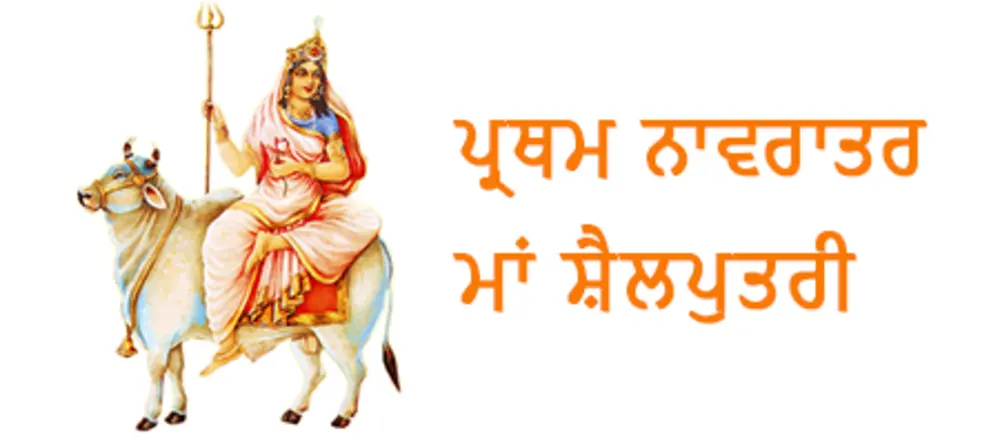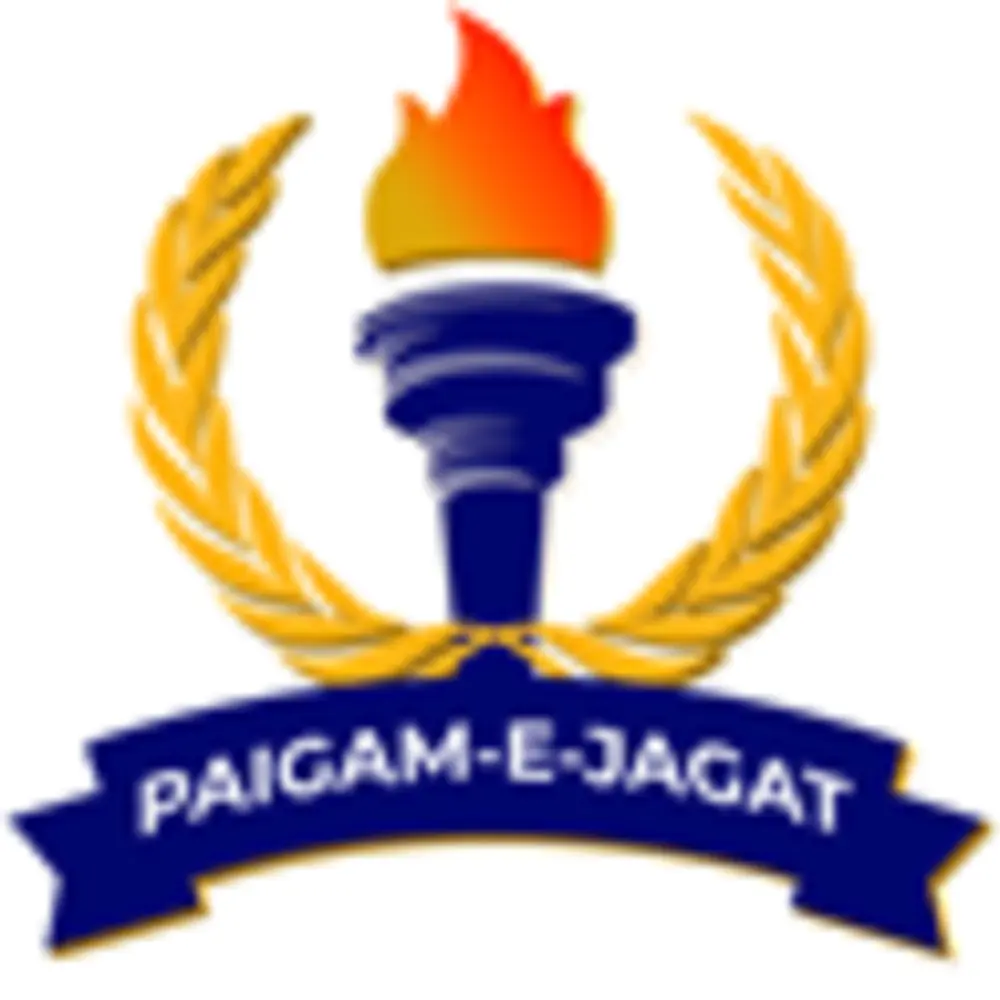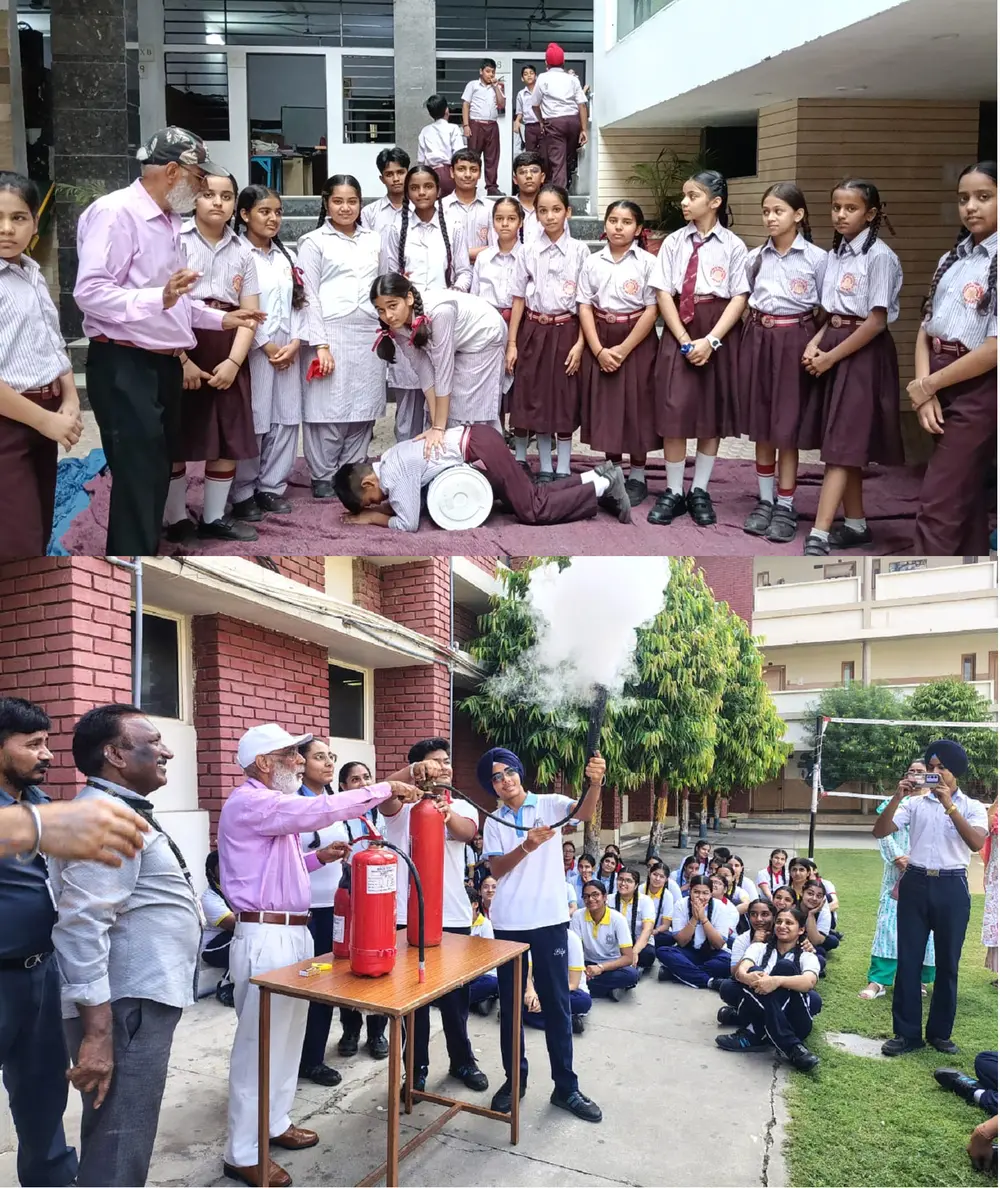
Continuous monitoring, training, practice, and mock drills are the only ways to ensure the safety of students.
Patiala- The tragic incident in a Rajasthan school, where the collapse of a roof led to the painful death of 7 children and injuries to over 30 students, is deeply saddening. Similarly, in 1995, during an annual function at the DAV School in Dabwali, a sudden fire caused by smoke and panic led to the deaths of 426 students, teachers, and parents.
Patiala- The tragic incident in a Rajasthan school, where the collapse of a roof led to the painful death of 7 children and injuries to over 30 students, is deeply saddening. Similarly, in 1995, during an annual function at the DAV School in Dabwali, a sudden fire caused by smoke and panic led to the deaths of 426 students, teachers, and parents.
Unconscious and deceased individuals were scattered everywhere. Local people, administration, fire brigades, and ambulance services threw the bodies and unconscious children into vehicles, carts, and trolleys and rushed them to hospitals. This was because they could not distinguish between the unconscious and the deceased.
During first aid training, it is taught that an unconscious person should be placed in the recovery or ventilator position and their ABC (checking Airways, mouth & windpipe, breathing, bleeding & Circulation of blood, pulse recording) should be assessed. If breathing is present and the pulse is between 60 to 120 beats per minute, the victim’s condition is not critical. However, people often give water to an unconscious injured person, splash water on their face and eyes, shake them, or call out to them.
If the person does not move or respond, they are assumed to be dead, whereas only a senior doctor can confirm death, and that too only after performing ABC and CPR. Similarly, in a school in Kerala, 112 children died due to a fire, smoke, fear, and suffocation. Following that incident, the Kerala government established school safety committees to ensure the safety, rescue, and assistance of students. Committee members conduct monthly inspections and send reports to the government.
Twice a year, first aid, CPR, fire safety, and care for the injured are provided to students, teachers, and local residents, as nearby individuals often struggle to assist victims during accidents. Now, the Ministry of Education, Government of India, has issued orders that school safety committees must be formed in every government and private school across the country, and training, practice, and mock drills must be conducted to prevent incidents.
However, even before this, in 2009, under the Right to Free and Compulsory Education Act, the Government of India made it mandatory for children to attend school and receive education while prohibiting punishments and expulsions from schools. Under this Act, instructions were issued to ensure students’ safety, health, well-being, and fitness, and to prevent damage due to fire, gas, electrical short circuits or shocks, petroleum, chemicals, or other substances in schools, along with conducting training, practice, and mock drills twice a year.
However, the administration and education department have neither read nor understood the Right to Education Act again. In 2012, the Supreme Court and the Punjab-Haryana High Court mandated that for the safety, training, and practice of students and teachers, school buses must be painted yellow, equipped with first aid kits and fire extinguishers, and drivers must wear uniforms, have experience, and undergo medical examinations.
Schools were also required to conduct first aid, CPR, fire safety, and extinguisher usage training twice a year, along with providing information on transport rules, laws, principles, and duties, and conducting one or two training sessions and one mock drill annually. However, district administrations and education departments only inspect vehicles transporting students and impose fines.
The district administration and education departments do not provide training even once a year to drivers, conductors, nannies, students, and teachers as per the orders of the Supreme Court and Punjab-Haryana High Court. This is because drivers and conductors in India receive licenses without any training or practice, often from the comfort of their homes.
Students, teachers, other staff members, drivers, conductors, and nannies are unaware that mock drills involve forming 10 different types of teams. In Himachal Pradesh, Kerala, Rajasthan, Bihar, Tamil Nadu, Assam, and some other states and Union Territories, School Disaster Management Plans have been implemented for student safety training.
According to these plans, funds have been provided to ensure the safety of students and teachers, reduce accidents, and train in first aid, CPR, recovery or ventilator position, care for the injured, fire safety, types of fires, extinguishing fires using water, soil, or starving the fire, using cylinders, and rescuing and transporting victims. Through school safety committees, training, practice, and mock drills are conducted twice a year, and information and photos are sent to the education department.
State Disaster Management authorities first trained teachers and conducted practice sessions, and now, one day a week, mock drills are conducted in front of all students and teachers for natural or human-made disasters, domestic incidents, or sudden events such as heart attacks, cardiac arrests, unconsciousness, shock, broken bones, bleeding, fires, gas leaks, or electrical short circuits.
As a result, students, teachers, and parents are developing the mindset, habits, and environment to ensure their own safety and assist victims. In the army, senior officers tell soldiers during training and practice that the lessons learned attentively and the sweat shed during practice save lives on the battlefield and during natural or human-made disasters.
According to the Disaster Management Plan, the main causes of sudden deaths of any person, child, or youth are cessation of breathing, heart attack, cardiac arrest, lack of oxygen or glucose supply to the brain, excessive bleeding, foreign objects stuck in the throat or airway, poisoning, being trapped in water or debris, and suffocation due to gases or smoke, which can lead to death within minutes. However, proper first aid, CPR, and other measures provided at the scene can be life-saving.
In many countries, before pursuing education or joining jobs, it is mandatory for both local and foreign youth to undergo training and practice in disaster management, first aid, CPR, fire safety, cylinder usage, victim ABC-D checks, recovery position, and rescuing and transporting victims, so that in the future, they can ensure their own safety and assist victims. Students, youth, and citizens who help victims are awarded appreciation letters, prize money, and educational support by governments.
They are honored and encouraged as guardian angels of victims. The Government of India and state governments have also issued orders to honor students and youth who assist victims, but due to a highly complex system and instances of harassment by the police, people are afraid to help victims.
Nor are they provided with training or practice to assist victims. We request the Punjab Government, Ministry of Education, district administration, and district education officers to make sincere efforts to conduct training, practice, and mock drills in schools to save students and teachers from dying during natural and human-made disasters and to assist victims.
We conduct disaster management, civil defense, first aid, CPR, and fire safety training and practice sessions at schools, colleges, NSS, and NCC camps, free of charge. If the district administration and education department provide full cooperation, this life-saving training and practice can reach a maximum number of educational institutions.

